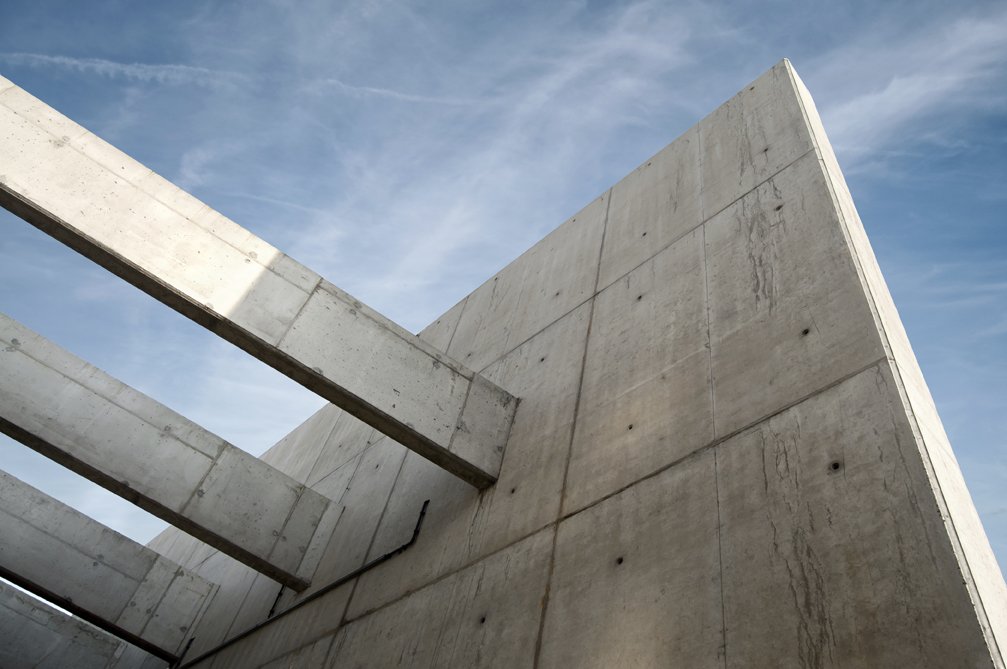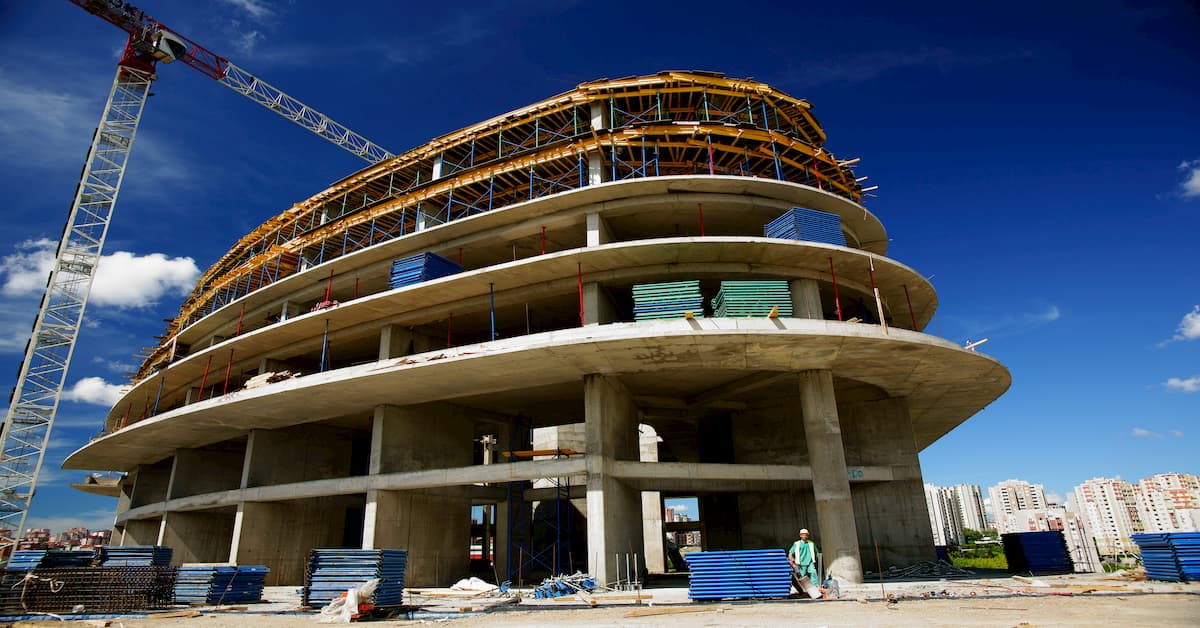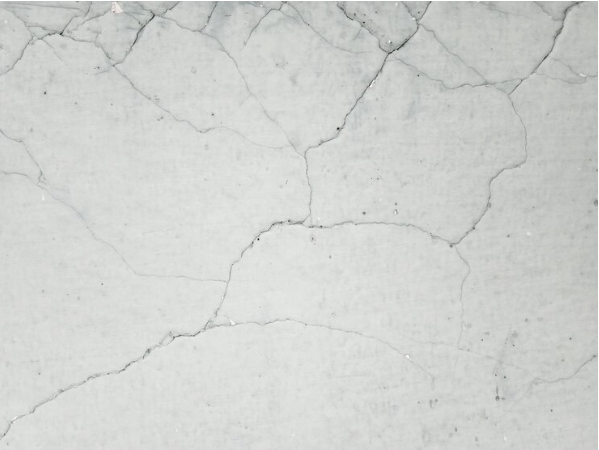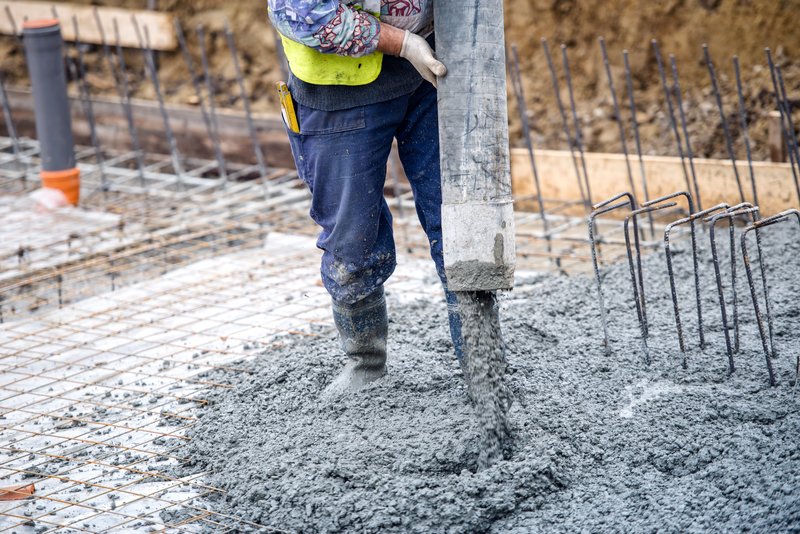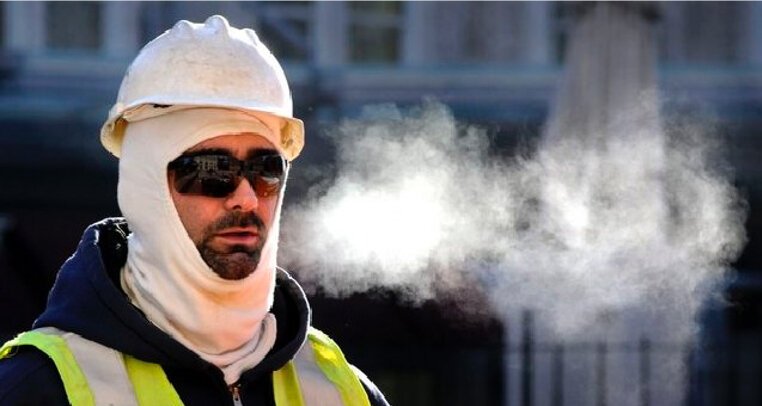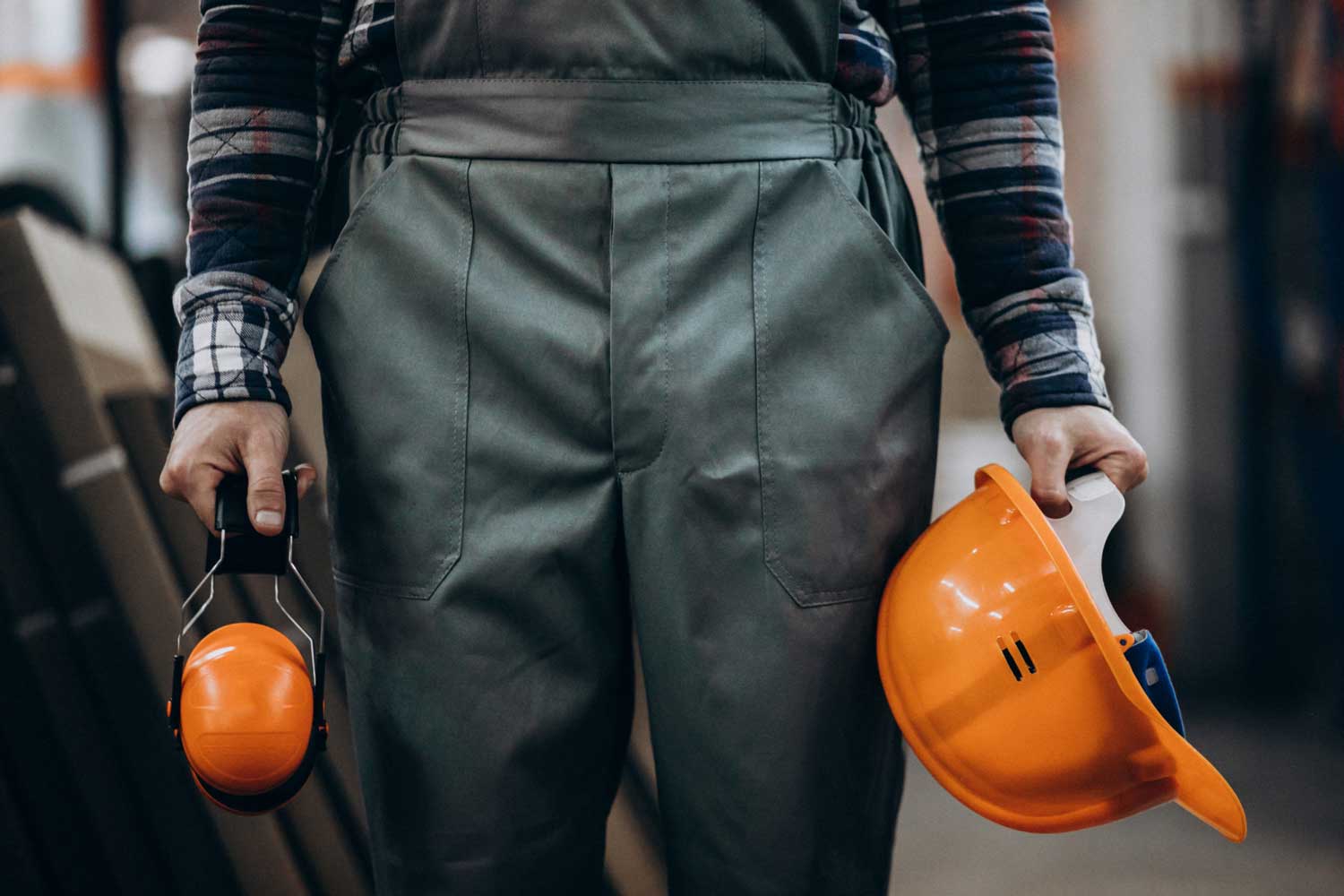Shaping Solid Foundations in Concrete Construction In the realm of construction, the artistry lies not only in the finished structure but in the meticulous groundwork laid before it. When it comes to crafting durable and robust foundations for concrete structures, the secret weapon is often hidden in plain sight — formwork. In this exploration, we delve into the intricate world of formwork, unraveling its significance in shaping solid foundations that stand the test of time. Understanding the Essence of Formwork Formwork, in simple terms, refers to the molds or frames used to shape and support concrete until it sets and gains sufficient strength. This crucial process sets the stage for the entire construction project, determining the quality and durability of the structure’s foundation. The art of formwork is, therefore, a careful blend of engineering precision and craftsmanship. The Key to Solid Foundations Creating solid foundations requires meticulous attention to detail from the very beginning. Formwork serves as the blueprint, dictating the shape and dimensions of the concrete elements. The accuracy of formwork directly influences the structural integrity of the final product, making it a cornerstone in the quest for robust foundations. Tips for Achieving Solid Bases with Formwork: Precision in Design: The journey to solid foundations commences with a well-thought-out design. Engineers and architects must collaborate to create formwork that aligns with the project’s specifications. Precision in design lays the groundwork for a sturdy and enduring foundation. Quality Materials Matter: Building solid foundations demands the use of high-quality materials for formwork. Durable woods, steel, or even innovative materials like fiberglass-reinforced plastics contribute to the longevity and stability of the formwork. Secure and Stable Installation: The installation of formwork is a critical phase. Ensuring a secure and stable setup prevents shifting or misalignment during the concrete pouring process. Attention to detail at this stage safeguards against potential issues in the foundation. Innovations in Formwork Technology: Embracing advancements in formwork technology enhances the efficiency and effectiveness of the entire construction process. Modular formwork systems and automated solutions not only save time but also elevate the precision of the foundation. Navigating Challenges for Solid Foundations While formwork is a powerful tool, challenges can arise. Adverse weather conditions, unexpected site conditions, or the need for intricate shapes may pose hurdles. However, with a proactive approach and adaptive strategies, these challenges can be overcome to ensure the solidity of the foundation. Conclusion In the grand tapestry of construction, the art of formwork emerges as a pivotal chapter. It is the canvas upon which the solidity and strength of a structure are painted. By understanding the nuances of formwork and embracing innovation, construction professionals can master the craft, creating foundations that not only support but elevate the structures they uphold. In the pursuit of solid foundations, formwork stands as a testament to the marriage of engineering expertise and artistic finesse. Recents post concrete work sustainable Shaping Solid Foundations in Concrete Construction In the grand tapestry of construction, the art of formwork emerges as a pivotal chapter. It is the canvas upon… Read More Concrete Reinforcement: Techniques for Safe Structures Building with concrete in extreme climates is a challenge that requires specialized knowledge and specific adaptations. Read More How to Prevent and Repair Concrete Damage Building with concrete in extreme climates is a challenge that requires specialized knowledge and specific adaptations. Read More Sustainable Concrete: Future and Environment Building with concrete in extreme climates is a challenge that requires specialized knowledge and specific adaptations. Read More Challenges and Solutions in Concrete Projects in Extreme Climates Building with concrete in extreme climates is a challenge that requires specialized knowledge and specific adaptations. Read More Safety in Concrete Construction: Standards and Practices This article explores essential standards and provides practical tips for safe and efficient construction. Read More
Concrete Reinforcement: Techniques for Safe Structures
Concrete Reinforcement: Techniques for Safe Structures Advanced Concrete Reinforcement Techniques: Ensuring Strong and Safe Structures In the world of modern construction, ensuring the strength and safety of concrete structures is paramount. This article focuses on advanced reinforcement techniques being used to improve the strength and durability of concrete, addressing both traditional methods and recent innovations. Traditional Steel Reinforcement The use of steel bars in concrete, known as reinforced concrete, has long been the backbone of concrete construction. Use of Reinforcing Steel Choosing the appropriate quality and size of steel bars according to structural loads. Correct placement of steel bars to ensure uniform distribution of tension. Innovations in Reinforcement Materials With technological advancements, new materials are being used to enhance the strength of concrete. Polymer and Composite Fibers Use of carbon or glass fibers to reinforce concrete, providing greater tensile strength and durability. Applications in repairs and reinforcement of existing structures. Post-Tensioning Techniques Post-tensioning is a technique that involves tensioning cables or tendons within the concrete after it has hardened, providing additional strength. Application of Post-Tensioning Used in the construction of bridges, slabs, and high-rise buildings. Benefits in terms of material efficiency and the ability to span large distances. External Reinforcement for Structural Rehabilitation External reinforcement is applied to existing structures to improve their load-bearing capacity or repair damage. Jacketing and Laminating Techniques Application of additional concrete or composite material sheets on structural elements. Used in the rehabilitation of historic buildings or structural repairs. Concrete reinforcement techniques are constantly evolving, offering innovative and effective solutions for the challenges of modern construction. Through the application of these advanced techniques, engineers and builders can ensure that concrete structures are not only strong but also durable and of high quality. Recents post concrete work sustainable Concrete Reinforcement: Techniques for Safe Structures Building with concrete in extreme climates is a challenge that requires specialized knowledge and specific adaptations. Read More How to Prevent and Repair Concrete Damage Building with concrete in extreme climates is a challenge that requires specialized knowledge and specific adaptations. Read More Sustainable Concrete: Future and Environment Building with concrete in extreme climates is a challenge that requires specialized knowledge and specific adaptations. Read More Challenges and Solutions in Concrete Projects in Extreme Climates Building with concrete in extreme climates is a challenge that requires specialized knowledge and specific adaptations. Read More Safety in Concrete Construction: Standards and Practices This article explores essential standards and provides practical tips for safe and efficient construction. Read More
How to Prevent and Repair Concrete Damage
How to Prevent and Repair Concrete Damage Prevention and Repair of Damage on Concrete Surfaces: Tips for Homeowners Concrete surfaces, known for their durability, are subject to various types of damage over time. This article provides essential tips for homeowners on how to prevent and repair damage to concrete, maintaining the integrity and aesthetics of their structures. Damage Prevention in Concrete Prevention is always better than repair. Knowing the right practices can save time and money in the long run. Appropriate Design and Mix Choose a concrete mix suitable for the specific climate and use. Consider additives that enhance the strength and durability of concrete. Proper Pouring and Curing Practices Ensure that the concrete is poured and leveled correctly. Apply proper curing techniques to prevent rapid water evaporation, which can lead to cracking. Identification and Repair of Common Damages Knowing the most common types of concrete damage and how to address them is crucial for any homeowner. Cracks and Fissures Identify common causes of cracks, such as shrinkage, settlement, or overload. Use specialized sealants or fillers to fill and repair small cracks. Spalling and Wear Causes of spalling, like freezing and thawing in cold climates. Methods to repair worn areas, including patching or applying a surface coating. Regular Maintenance of Concrete Regular maintenance is key to extending the lifespan of concrete surfaces. Cleaning and Sealing Regular cleaning to remove dirt and prevent moisture buildup. Periodic application of sealers to protect concrete from weather and chemical spills. Periodic Inspections Conduct regular inspections to detect early problems. Consult with professionals for more complex repairs or when serious structural issues are detected. The care and maintenance of concrete are essential to ensure the longevity and beauty of its surfaces. Through prevention, early problem identification, and proper repairs, homeowners can keep their concrete structures in optimal condition for many years. Recents post concrete work sustainable How to Prevent and Repair Concrete Damage Building with concrete in extreme climates is a challenge that requires specialized knowledge and specific adaptations. Read More Sustainable Concrete: Future and Environment Building with concrete in extreme climates is a challenge that requires specialized knowledge and specific adaptations. Read More Challenges and Solutions in Concrete Projects in Extreme Climates Building with concrete in extreme climates is a challenge that requires specialized knowledge and specific adaptations. Read More Load More End of Content.
Sustainable Concrete: Future and Environment
Sustainable Concrete: Future and Environment Concrete, being one of the most widely used construction materials in the world, plays a crucial role in sustainability and environmental protection. This article focuses on the innovations and practices that are shaping the future of concrete towards a greener and more sustainable approach. Innovations in Sustainable Concrete New technologies and approaches are transforming how concrete is produced and used, reducing its environmental impact. Low Carbon Concrete Development of concrete mixes that reduce CO2 emissions during their production. Use of alternative materials, such as fly ash or slag, to replace part of Portland cement. Recycled Concrete Use of recycled aggregates from demolished concrete in new mixes. Promotion of recycling practices in the industry to reduce the use of virgin resources and waste generation. Environmental Impact of Concrete Understanding the environmental impact of concrete is crucial for developing effective sustainability strategies. Carbon Footprint Analysis of the carbon footprint of concrete from its production to its demolition. Strategies to reduce emissions at each stage of the concrete life cycle. Resource Conservation Techniques to optimize the use of water and raw materials in concrete production. Promotion of energy efficiency in concrete production plants. Challenges and Solutions in Concrete Sustainability Despite advances, there are significant challenges that must be overcome to achieve a truly sustainable concrete industry. Balance Between Durability and Sustainability Development of concretes that are not only environmentally sustainable but also durable and resistant. Ongoing research to improve the properties of concrete while maintaining its ecological profile. Education and Adoption of Sustainable Practices Promotion of awareness about sustainable practices in the construction industry. Collaboration between governments, industries, and academics to promote regulations and policies that support sustainability. The future of concrete is promising in terms of sustainability and respect for the environment. Through continuous innovation, the adoption of greener practices, and collaboration at all levels, we can ensure that this essential material remains a cornerstone of construction, but in a way that protects our planet for future generations. Recents post concrete work sustainable Sustainable Concrete: Future and Environment Building with concrete in extreme climates is a challenge that requires specialized knowledge and specific adaptations. Read More Challenges and Solutions in Concrete Projects in Extreme Climates Building with concrete in extreme climates is a challenge that requires specialized knowledge and specific adaptations. Read More Safety in Concrete Construction: Standards and Practices This article explores essential standards and provides practical tips for safe and efficient construction. Read More
Challenges and Solutions in Concrete Projects in Extreme Climates
Challenges and Solutions in Concrete Projects in Extreme Climates Constructing with concrete in extreme climates presents unique challenges that require special consideration. From sub-zero temperatures to extreme heat, these environments can significantly affect the quality and durability of concrete. This article explores the most common challenges and offers practical solutions to ensure success under such conditions. Facing Extreme Cold Construction in cold climates can cause concrete to freeze before it reaches its maximum strength, leading to structural problems. Solutions for Cold Use anti-freeze additives to help the concrete cure properly. Employ heating techniques, such as thermal blankets or heaters, to maintain an adequate temperature during curing. Select concrete mixes designed for low temperatures. Handling Extreme Heat In hot climates, concrete can dry out too quickly, resulting in inadequate curing and potential cracking. Solutions for Heat Use heat-reducing additives or low heat of hydration concrete mixes. Schedule pouring during the cooler hours of the day. Apply curing techniques like frequent watering to maintain moisture. Construction in Wet and Flood-Prone Areas Excessive moisture can affect the integrity of concrete and encourage the corrosion of reinforcing steel. Solutions for Moisture Use waterproof concretes or hydrophobic additives. Design effective drainage around structures to prevent water accumulation. Use galvanized or coated reinforcing steel to resist corrosion. Working in Seismic Zones Areas prone to earthquakes require special consideration in the design and construction of concrete structures. Solutions for Seismic Zones Design structures with greater flexibility and resistance to deformation. Use reinforcement techniques such as steel mesh or polymer fibers. Strictly follow seismic construction regulations. Building with concrete in extreme climates is a challenge that requires specialized knowledge and specific adaptations. By understanding these challenges and applying effective solutions, contractors can ensure the longevity and safety of their structures in any climatic condition. Recents post Challenges and Solutions in Concrete Projects in Extreme Climates Building with concrete in extreme climates is a challenge that requires specialized knowledge and specific adaptations. Read More Safety in Concrete Construction: Standards and Practices This article explores essential standards and provides practical tips for safe and efficient construction. Read More
Safety in Concrete Construction: Standards and Practices
This article explores essential standards and provides practical tips for safe and efficient construction.

